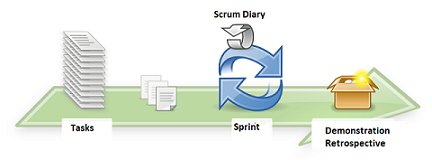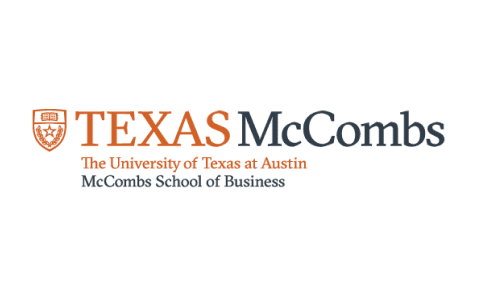Stacks and Queues

Ratings
Level
Learning hours

Learners
Skills you will learn
About this course
In this course, Stacks and Queues, you will understand Stacks Data Structure and the basics of Queues. You will be walked through various topics starting from array concepts in Stacks, applications of stacks, infix and postfix conversions, along with their expressions. You will also understand recursion and its role in Stacks and the basics of Queue data structures.
Great Learning holds out Post Graduate programs in the Software and IT domain. You can enroll in the Software Engineering course to gain a degree online. At Great Learning, we aim to empower our learners by catering everything they need to be industry fit globally!
Course Outline
 UPGRADE
UPGRADE
Recommended university programs
Frequently Asked Questions
Will I receive a certificate upon completing this free course?
Is this course free?
What are Stacks and Queues?
A Stack is a container that includes all the objects inserted and removed following the last-in-first-in (LIFO) principle. The Queue is also a container that includes objects (of linear collection) inserted and removed following the first-in-first-out (FIFO) principle.
What is Stack and Queue, with example?
Stack in computer science is an abstract and non-primitive data type that is an ordered and linear sequence of objects. It follows the last-in-first-out (LIFO) principle, for example, stacking plates. The plates are arranged from bottom to top and taken out from the top first, and you can also add plates only on the top.
On the other hand, Queue is a linear structure following an order to perform the operations, and it follows the first-in-first-out principle. For example, a queue of customers in a billing counter and the first one in the line will be billed first.
What is the difference between stacks and queues?
Both Stack and Queue are non-primitive data structures, but they differ in the principles they use to perform operations. The primary difference between them is that Stack uses the last-in-first-out (LIFO) principle to access and add the data elements. Queue uses the first-in-first-out (FIFO) principle to add and access data elements.
























.jpg)














